Life Explorers – The Science Academy – The Immune System
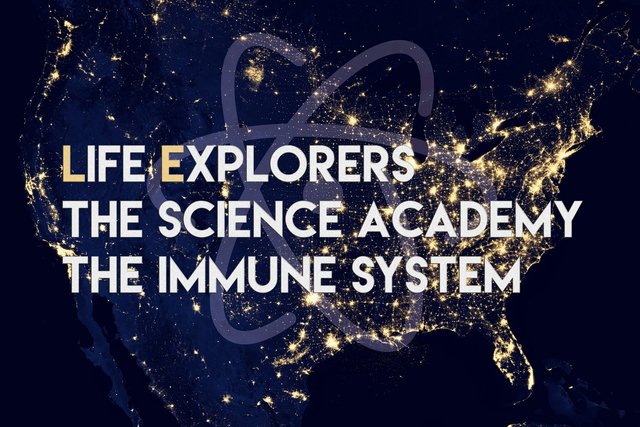
Welcome to Life Explorers – The Science Alliance, a series in which we will cover scientific points of views and explain fundamental knowledge. This series addresses the wonders of nature and will bring back light into the magic. To the Science Alliance it is not enough to see a processes or a phenomena, we want to understand. We will ask about how’s and why’s, we will give an insight into the world of science.
Today’s article is about the human immune system. You might wonder but there is someone taking care of you, 24/7. It’s our bodies own guardian, the immune system. It keeps you healthy, even alive and in times of illness it helps you recovering. Today we will examine what our bodies guardian does and how it works. We will also have a look at few cases where the immune system might even be in disfavor of you. Furthermore you will get some advice on how to keep your immune system in a good shape.
The human immune system
The immune system helps us to fight germs and supports our health naturally. Bacteria, viruses and fungi usually have no chance to harm us, however, sometimes they make it, resulting in illness. When detecting a germ our body initiates an immune response. To understand the basic fundamentals of an immune response we will investigate the nature of our immune system.
First of all we need to separate the immune system into the specific (adaptive) and non-specific (innate) immune system. Specific means here, that the our body had dealt with this pathogen in the past and knows how to deal with it as it build specific antibodies. There is not simply one single organ responsible for the immune system, it much more spreads through the entire body. Specific and non-specific immune system always work together and support each other. Both have a humoral component. Humoral components are part of the immune system that are not formed by cells but molecules such as antibodies and proteins like lysozyme. In order to transport the cells and humoral components the body has two pathways: the blood and the lymph system. The following figure shows the lymphatic system where lymphocytes move and lymphoid organs are located.
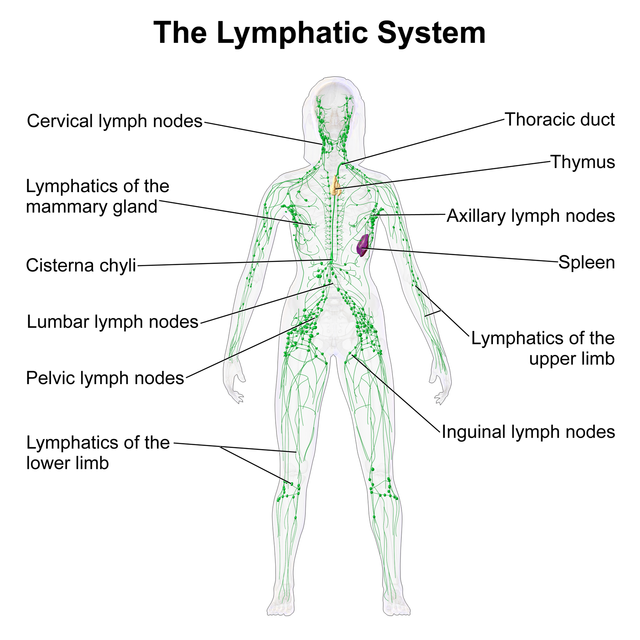
Fig.1 The lymphatic system. Credits
Let’s have a look at the non-specific immune system first.
Innate and adaptive immune system
The innate immune system is also known as the non-specific immune system. This has the reason that this part of our natural protection is congenital. The defense against pathogens involves several layers. The first layer of our immune system is our skin and the mucous membranes. Like a barrier they prevent germs to enter out body. As the skin and our membranes are the first place of contact they play an important role. Our skin for instance has a slightly acidic (pH value 5 to 6) which can eliminate few germs. The acidic skin functions as a mechanical and chemical barrier. Does a virus for instance successfully enters our body the innate system tries to handle the threat. The final cover constitutes of the adaptive immune system. Several types of cells form our innate immune system, each of them with different tasks and ways to eliminate a potential danger. The main cells responsible for the first stage of immune response are granulocytes, natural-killer (NK) cells, macrophages and few more. A detailed visualization of the innate immune system cells are found in the figure below:
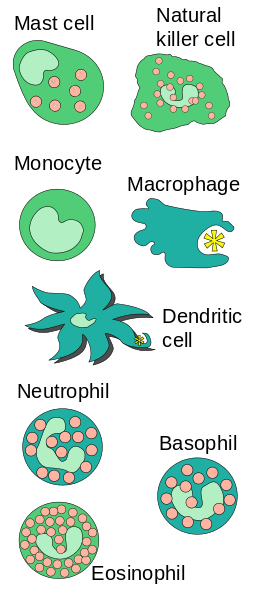
We will now assume a foreign particle, let’s say a bacterium, enters our body. The bacterium is new to our body and a specific immune response cannot happen. The first step that happens is that macrophages detect the foreign particle. Macrophages have the ability to detect foreign proteins that are on the surface of bacteria and viruses. They are formed by monocytes from the spinal cord and circulate through our blood in form of monocytes and in cells they form macrophages. Once the macrophages detect a germ they will eliminate the danger by a process called phagocytosis. We will have a more detailed look on this innate process.
Phagocytosis
The phagocytosis is a process by which phagocytes eliminate foreign particles such as bacteria, viruses or fungi. Phagocytes for instance are mast cells, monocytes, macrophages and dendritic cells. Once the phagocyte detects a germ the elimination can happen. The detection happens by attaching to pathogen-associated molecular patterns PAMPS). These are specific proteins that are attached to the surface of bacteria and viruses.

The foreign particle is approached by the macrophage and the receptors of the phagocyte bind to the PAMPS. By doing so the macrophage is coating the germ. When completely coated the macrophage with the included particle is called phagosome. These phagosomes contain the germ and a certain enzyme found lysosomes, so called lysozyme. Lysozyme has the ability to decompose and neutralize bacteria.
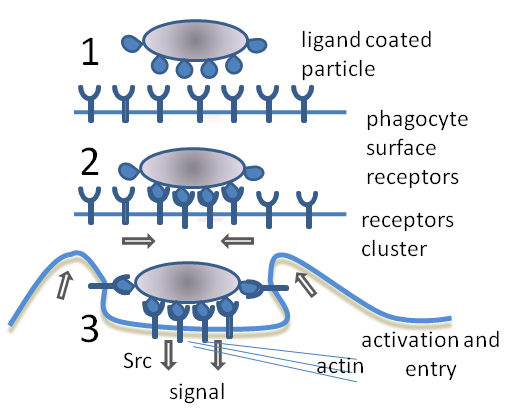
This is one of the first and basic immune response of our body, the innate immune response. Now it happens that this resistance mechanism is not enough. Our body needs a stronger response to fight the infection, the specific immune response.
Specific immune response
The first response was to weak and our body needs more support. The innate immune response did quite well, in fact it helped a lot for the next step: the specific response. The neutralized cell contained so called antigens. These antigens can be detected by T killer cells. T-cells are also formed in the spinal cord and have a receptor on their surface (TCR). Similar to the lock-and-key principle the T-cell can dock on an antigen. If the T-cell found a matching antigen it starts to make the body release cytotoxics (CT). These CT produce more makrophages, NK-cells and T-help cells. This results in a chain reaction releasing more T-help cells. These T-help cells call for B-lymphocytes which turn to plasma cells and produce antibodies. Antibodies and antigens work like the lock-and-key. If they put together they form and antibody-antigen-complex, which inactivates the germ and neutralizes it. These B-cells can turn into memory cells, which will remember what antibody will be used in case the same pathogen attacks the body. By remembering the immune response will be faster and stronger.
There are five main types of antibodies and more than over 10 million different antibodies and known so far: IgD, IgE, IgG, IgA and IgM. They are formed by plasma cells and help fighting pathogens.

Cytotoxic T-cells only can detect a germ when its receptor matches the receptor of the pathogen. The surface has to contain a MHC molecule. This is a molecule found on pathogens. When found it will dock and start to neutralize the bacterium for instance.
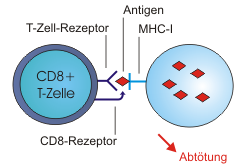
Fig.6 Recognition of an pathogen by CD8. Credits
Sometimes our immune system wants to be too good
Many people know it: spring is coming and their nose is running. They have an allergy. What exactly does that mean? An allergy is basically an immune response. Harmless particles and molecules are causing an allergic reaction. Allergenic antigens, so called allergens are responsible for that. The first layer of our protection is like mentioned our skin and mucous membranes. This is the place where the reaction is happening and why our eyes and nose are running or why our skin itches. Typical allergens can be mold, mites, pollen etc.
How to strengthen the immune system?
It can be easier than you think! Adapt you lifestyle, get more healthy. (Vaccination will be part of the next article) That means:
- Do exercise
- Have a healthy weight
- Don’t smoke and drink less alcohol
- Drink enough water
- Cook your food and avoid fast food
- Be happy
- Laugh more
- Read my articles and happy steeming!
Author's Note:
The Life Explorer Series is a community magazine that brings together writers to post about a variety of topics. All topics and authors using the lifeexplorer tag or title are part of this group and have permission to post under the heading Life Explorer. If you would like to write with the Life Explorer series about a topic, reach out and get in chat contact with. Feel free to follow us and support us this way. @timsaid to learn more.
Make sure to catch all these Life Explorer authors:
@prufarchy
@yogi.artist
@disofdis
And if you've missed the previous edition, check out the first Life Explorer post:
Life Explorers - The Human Senses Part I: Sight
Life Explorers - The Human Senses Part II: Hearing
Life Explorers - The Human Senses Part III: Touch
Life Explorers - The Human Senses Part IV: Taste
Life Explorers – The Science Academy – Bacteria and Viruses

having a healthy life style, less beer, less cholesterol, more exercise, more sleep like the ones you mention are great keys to being fit, thanks!
Sleep is very important, I agree. A mind is only as healthy as the body is. besides having a healthy nutrition I suggest to read and find peace. I might do a post about what makes you happy :)
Great advice.
please vote me @putradham